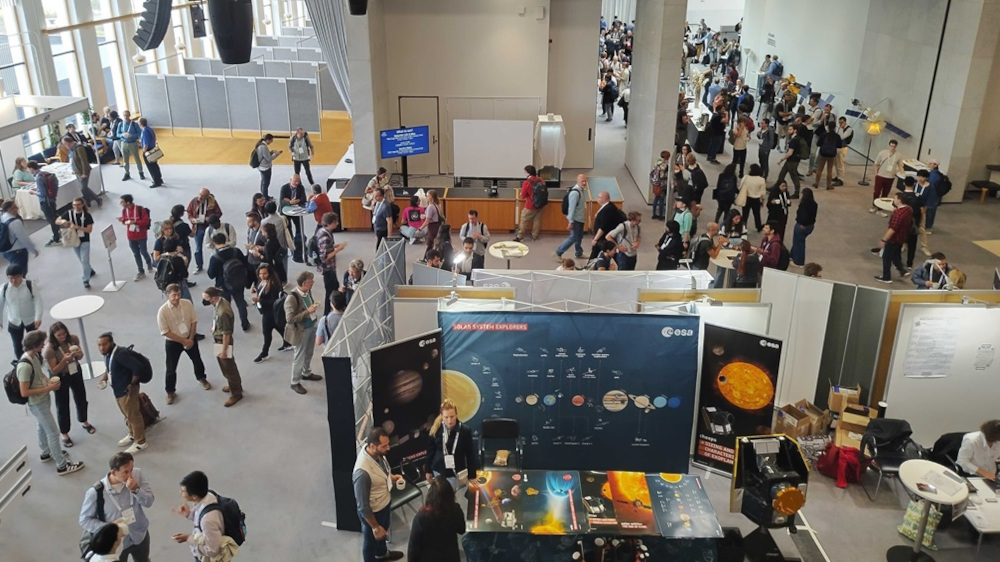
International Space Science Event Brought Over 1,800 Researchers to Helsinki
From September 7–12, leading space and planetary scientists from Europe and the United States gathered at Finlandia Hall in Helsinki for the joint conference of the Europlanet Science Congress (EPSC) and the American Astronomical Society’s Division of Planetary Sciences (DPS), known as EPSC-DPS2025. The event attracted a total of 1,803 participants from 52 countries, with 1,659 attending in person and 144 attending remotely. The largest group came from the United States (435), while Finland was represented by 97 researchers and experts.
EPSC is Europe’s largest planetary science conference, held annually in different locations across the continent. This year’s event emphasized the participation of early-career researchers, offered extensive networking opportunities, and included public science outreach activities. A unique feature of the conference was the active involvement of amateur astronomers (pro-am) in the scientific program – Finnish enthusiasts stood out particularly in the field of comet research.
Hot Topics from Mars to Exoplanets
The conference showcased a wide range of current research, deepening our understanding of both solar system bodies and exoplanets. One of the most discussed studies suggested that technologically advanced life may be rare in the universe – especially on planets lacking plate tectonics or sufficient carbon dioxide to sustain a stable climate.
Another notable study focused on interstellar objects like 3I/Atlas and their potential role in triggering planet formation around young stars. In Mars research, attention was drawn to the European Rosalind Franklin rover and its potential to investigate life-building molecules that may have been brought to the surface by landslides or ancient floods. The green glow of Martian auroras and its modeling also sparked interest, as the phenomenon could help scientists better understand the planet’s atmosphere and its interaction with the solar wind.
Saturn’s moon Enceladus was also in the spotlight: the origin of organic compounds found in its vapor plumes was questioned, which could influence views on the moon’s habitability. In the search for exoplanets, artificial intelligence proved its value – machine learning methods are capable of detecting faint signals that may indicate previously unknown planets.
Planetary defense was also on the agenda. A study on asteroid mitigation presented a method for identifying so-called “keyholes” – small regions in space through which an asteroid could pass and later collide with Earth on future orbits. Recognizing these critical zones enables the planning of deflection strategies, such as trajectory changes, in the most efficient and safe manner. The goal is to minimize risk and maximize the chances of success if a threatening object is detected in time.
A Long Road to Helsinki
The EPSC conference was originally scheduled to take place in Helsinki in 2021. However, the COVID-19 pandemic forced the event to go virtual, and later renovations at Finlandia Hall postponed Helsinki’s turn even further. Now, four years later, the conference was finally held as planned in Helsinki. The event marked a significant moment for the Finnish space research community and offered a unique opportunity to showcase domestic expertise to an international audience.
The conference was organized by the Europlanet Society and the American Astronomical Society in collaboration with the Finnish Meteorological Institute and the University of Helsinki.
More information:
Conference website
Europlanet website





